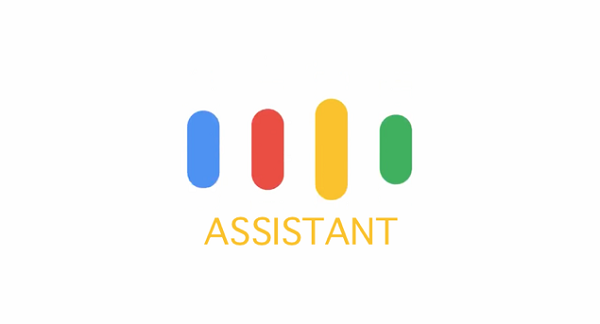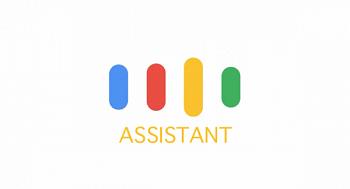Google Assistant: Another Reason Why Design is Barely One-Half of the Coin
With the myriad of web design trends available to designers today, it is easy for you to focus exclusively on the design aspects of your website, in a bid to make it as impressive as possible and pull in your target audience in droves.
However, in the last few years, a lot has changed. Picking the right name during domain registration, material design, choice of colour, fonts, standard SEO practices and other similar variants are no longer enough to make your website the go-to option for your target audience.
You have to explore other methods to make sure your site is readily visible when your target audience is actively looking for services you offer. Of course, this is the core of what SEO is about; giving you visibility on the search engine result pages.
Search engines have remained dominant over the years, but in the last few years, there has been a stirring of the waters. The rise of virtual assistants means that there is a growing demographic who no longer pulls up the traditional search engines but rather, allow their virtual assistants to find what they are searching for.
Siri, Cortana and Google Now have been the dominant clients on this front but all of that is about to change.
Meet Google Assistant
First unveiled at the Google I/O conference in May 2016, the virtual assistant is a vast improvement on Google Now and incorporates and enhances the standard “Ok Google” voice controls. The virtual assistant is designed to be conversational. That means people can ask questions and follow-ups while the assistant determines context and keeps track of the conversation. So, a user can ask “show me restaurants in San Jose” and then “Romantic ones please” and Google Assistant will respond accordingly. The results of the first query will be more general and the second more tailored to show romantic restaurants.
In Google’s 4th October 2016 event they announced that the assistant will feature across their Pixel Smartphones, Google Home and Google Allo. Google Allo is interesting because it is a smart messaging app which means more people will be using the assistant on the go instead of searching Google on their browsers. As at the time of writing, there are over 5 million downloads on Google Playstore alone.
So what does it mean for webmasters?
Google controls the search market so people have to be more aware of the impact of Google Assistant on traffic. More effort has to be put into ensuring that the website is well-primed to come up in voice search or text search on Google Assistant both on mobile and on other portals. In May, Google said 20% of searches are voice search based. That’s a huge demographic. The numbers are not yet in for the number of people doing text-based searches on Google Assistant, but you can bet the figures will be sizeable in the coming months.
Voice search and text based search on Google Assistant are usually conversational. You need to ensure your site is optimised for easy pickup during such conversations. Using our restaurant example, a restaurant website already optimised for “San Jose Restaurants” may be picked up in conventional Google Search. However, it could be ranked lower or left out entirely in a conversational query like “What are the best Chinese restaurants in San Jose?” or “Where Can I find Italian Pizza in San Jose”. The bottom line is that long tail keyword optimisation is now more important than ever. Filling out Google Business profiles with images, open and close times, reviews and contact details readily displayed shouldn’t be ignored as well.
The days of the fast paced search are well and truly here. Are you fully prepared for it?
Comments
There are 0 comments on this post













